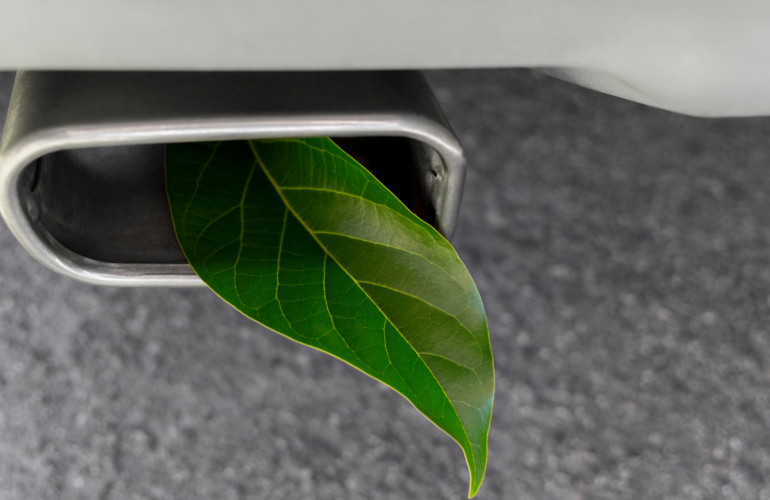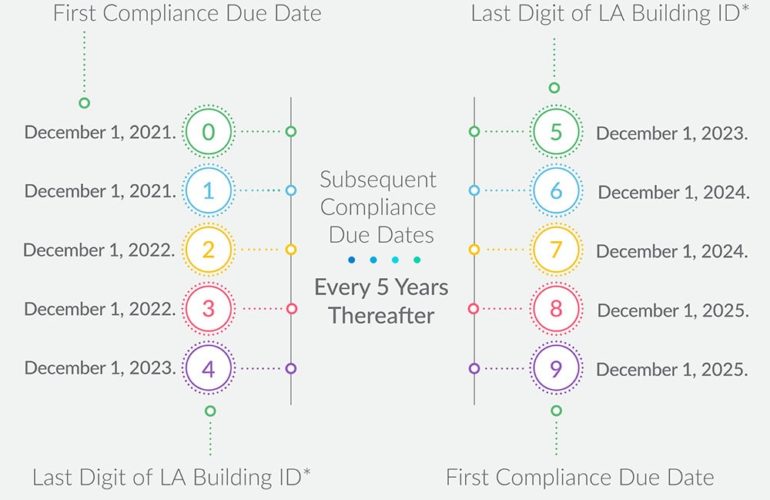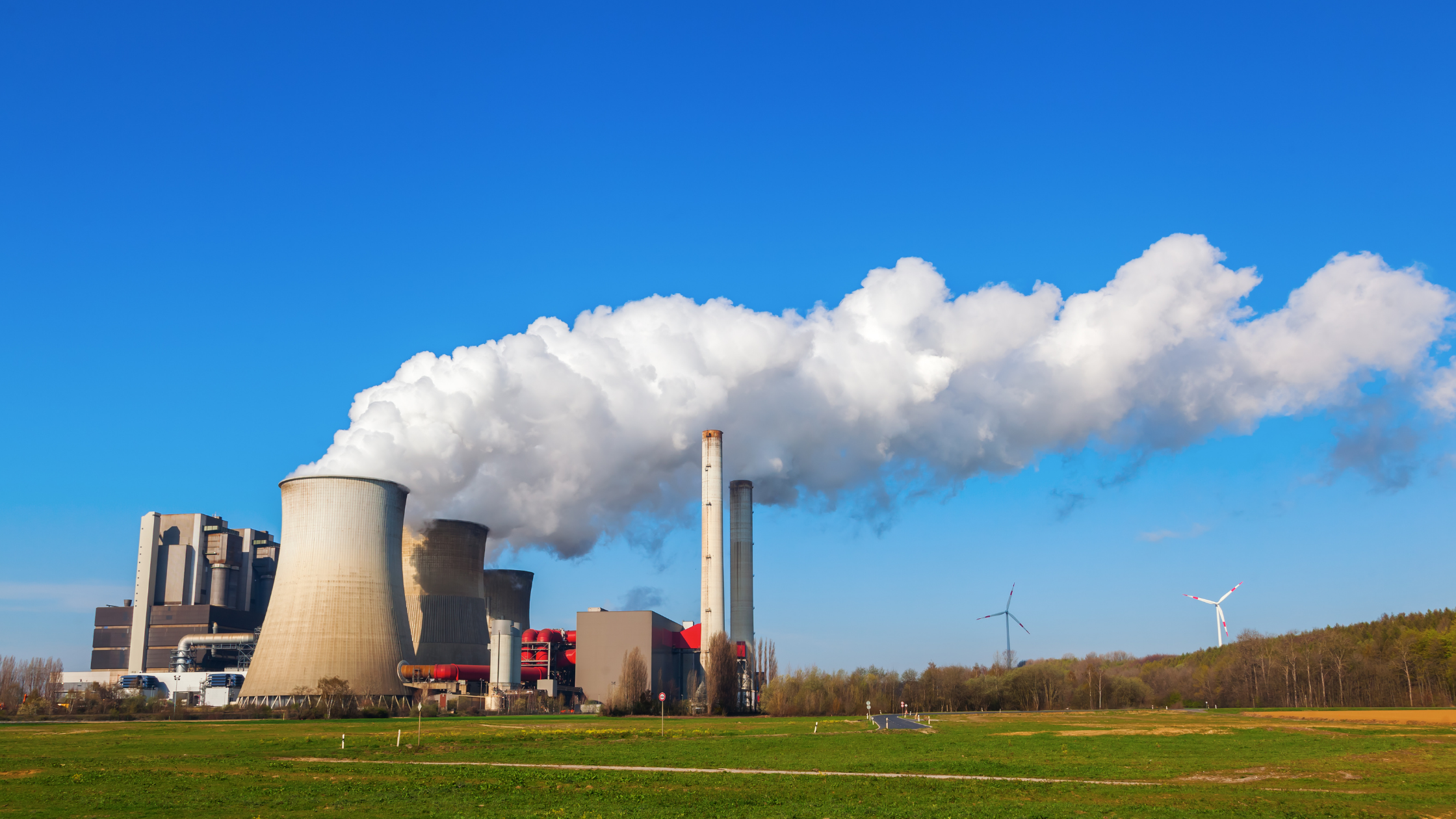Within typical lease structures, landlords incur capital expenses, but see none of the cost-saving benefits, when conducting an energy efficiency retrofit. The resulting efficiency favors the tenant, who see utility costs go down. Thus, owners hesitate to invest in improving the efficiency of their buildings. This is called the “split incentive”.
But what if there was a way to provide incentives to both owners and tenants? The solution lies in a relatively new concept called “Green Leases”, also known as energy-aligned, high-performance or energy-efficient leasing. These leases align the financial and environmental goals of the landlords and tenants to work together to save money, conserve resources and ensure the efficient operation of buildings.
WHAT IS A GREEN LEASE?
A green lease incorporates energy and cost conscious clauses that benefit both building owners and their tenants. It is important to engage stakeholders as soon as possible and gain buy-in on the outset of the leasing process. The earlier the parties communicate their sustainability goals, the higher probability the green lease language will remain in the final lease.
With Green Leases, landlords can adopt a “cost recovery clause”, also known as “cost pass-through” language, to amortize and recoup capital costs for energy efficiency improvements made to the building and common areas. This allows owners to reap significant long-term savings while complying with local and state laws.
Ordinances like the City of LA’s EBEWE, mandate minimum levels of building efficiency, meaning retrofit costs are inevitable in order to comply.
HOW TO QUALIFY FOR A GREEN LEASE?
Green Lease Leaders*, an association of landlords, tenants, brokers, and energy experts, has developed a best practices breakdown of what should constitute a “green lease” for commercial, “high-performance” buildings.
Levels of Green Lease qualification are broken into two tiers.
- Silver (Foundational)
- Gold (Implementation)
To reach the Silver-level, owners must demonstrate the development of foundational policies and practices that encourage reduced energy consumption in leased spaces. Such policies and practices must include the following prerequisites, communicated in a standard lease or corporate guidelines:
- Provide a sustainability contact to tenants (either at the Owner’s office or a third party consultant)
- Implement a cost recovery clause for energy efficiency upgrades benefiting tenant (same as above)
The Gold-level Green Lease requires owners to implement at least five of the following practices, constituted in the lease:
- Track common area energy use
- Track common area water use
- Disclose whole-building ENERGY STAR score to tenants annually
- Ensure brokers have energy training
- Implement landlord energy management best practices
- Require tenants to purchase on-site renewables if offered by landlord and competitively priced
- Meter tenant spaces that are greater than 5,000 sf
- Request annual tenant energy disclosure
- Request minimum energy efficiency fit-out for tenants
- Demonstrate innovation in leasing
Owners with existing leases not imminently up for renewal can still qualify and be recognized for a Green Lease policy so long as such Green Lease requirements are met in all negotiations going forward.




